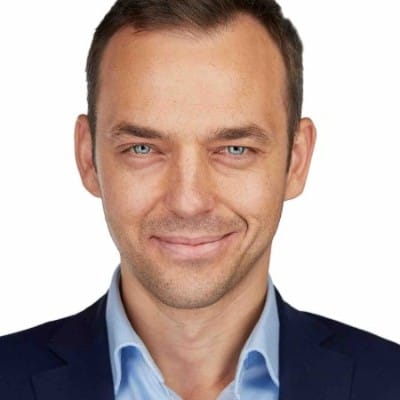We’re often asked: At what stage of an FP&A project should a pre-configured application be introduced? In this blog, we explore two common implementation paths—Detail Planning → Planning & Reporting Frame OR Planning & Reporting Frame→ Detail Planning —and explain how the Profit& Frame FP&A Starter Kit supports both approaches, depending on your organisation’s needs and planning maturity.
Profit& offers preconfigured applications for Anaplan and Jedox that provide a fast, structured starting point for Financial Planning & Analysis (FP&A). These solutions include standard planning models—P&L, Balance Sheet, and Cash Flow—along with core planning logic to support budgeting, forecasting, and reporting. Designed to accelerate delivery and reduce implementation risk, they deliver immediate value while allowing for future customisation and scalability.
That’s why the question of whether to prioritise detailed planning logic or foundational financial reports first is an important one—and one worth exploring in detail.
When implementing an FP&A solution, organisations typically follow one of two approaches: Detail → Frame OR Frame→ Detail . Each has its merits, and choosing the right path depends on the business context, needs, and priorities.
Which One Is Right For You?
Let’s explore these two methods and see how the Profit& Frame FP&A Starter Kit can accelerate implementation.
Approach 1: Detail Planning → Planning & Reporting Frame
This is the conventional method, where companies build the functional components first— sales planning engines, cost planning for COGS and other operating expenses, CapEx planning—and then integrate them into a core planning and reporting structure.
For example, a food manufacturing company implemented FP&A by addressing different functional areas sequentially:
Step 1: Profitability and cost allocation
Step 2: New product launch forecasting
Step 3: Capital expenditure planning
Step 4: Additional cost engines
Each component was delivered iteratively, providing value to departments as they became available. The end goal was to consolidate everything into a comprehensive planning and reporting frame, which connects the various pieces into a unified system, ensuring seamless financial reporting and planning.
Approach 2: Planning & Reporting Frame → Detail Planning
A more recent approach flips this process by first establishing a planning and reporting frame—a minimal viable product (MVP) that includes standard financial statements (P&L, Balance Sheet, Cash Flow) and basic planning logic.
A dynamic telecommunications company adopted this method because they were growing rapidly and didn’t yet have well-defined planning processes. They needed a structured starting point before refining specific planning areas. By implementing the frame first, they quickly gained:
- A comprehensive reporting and planning model
- The ability to input and analyse budget figures immediately
- Time to refine and define the detailed planning processes later
Once the frame was in place, they incrementally developed detailed planning components, starting with sales and expanding to cost structures and beyond.
Which Way Is Best?
The choice depends on several factors:
Urgency of Business Needs
- If there is a critical issue (e.g., inefficient sales forecasting), addressing that area first (Detail → Frame) may be preferable.
- If a structured FP&A foundation is needed quickly, starting with the frame (Frame → Detail) can be beneficial.
Process Maturity
- Mature businesses with established processes may benefit from Detail → Frame.
- Companies still defining their FP&A processes may find Frame → Detail more adaptable.
Clarity on Planning Needs
- If planning processes are well-defined, building detailed engines first makes sense.
- If the approach to planning is still evolving, having a structured frame first can provide flexibility.
How Profit& Accelerates Implementation
At Profit&, we’ve developed an accelerator to help clients, regardless of their chosen approach. Our Frame FP&A Starter Kit—available in Anaplan and Jedox—provides a comprehensive core model that can be deployed in days, not weeks. This significantly reduces implementation time and allows businesses to focus on refining their planning processes while quickly realising value.
In fact, the benefits of the Frame → Detail approach have been explored further in our blog, Jumpstart FP&A in Anaplan: A Smarter Way to Start. This approach allows businesses to establish a strong FP&A foundation with minimal time investment, unlocking immediate insights from integrated financial statements and enabling smooth future expansion into more detailed planning areas.
If you already have detailed FP&A processes in place but haven't yet connected them to financial reporting, the frame can be fitted retrospectively to complete your FP&A process in Anaplan. This ensures a fully integrated planning and reporting environment, maximising the value of your financial data.
If you're considering an FP&A transformation, we'd love to hear your thoughts—Which approach do you think works best? What factors influence your decision? Let’s discuss!
Learn more about the Profit& Frame FP&A Starter Kit here.







